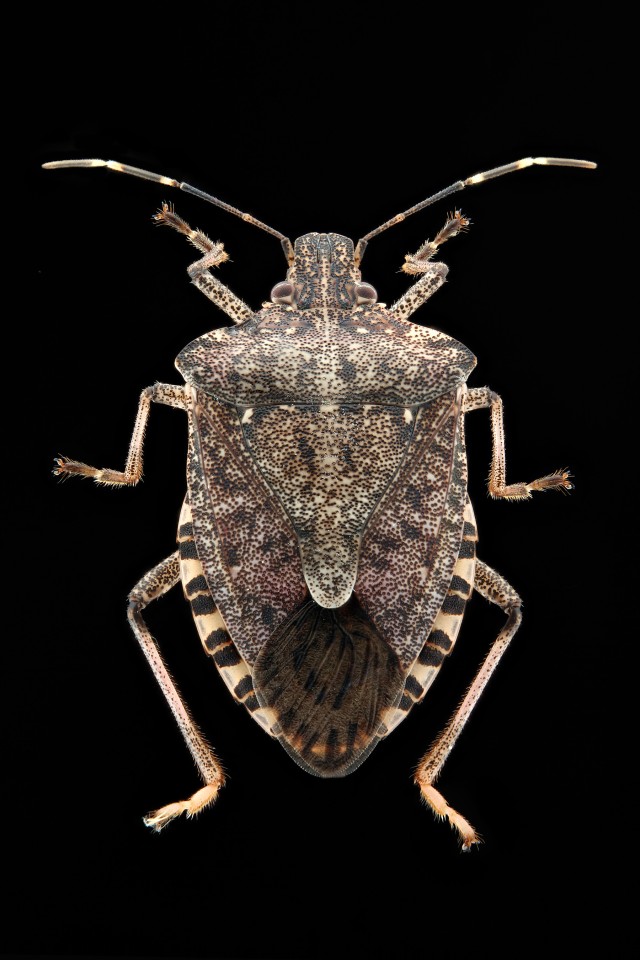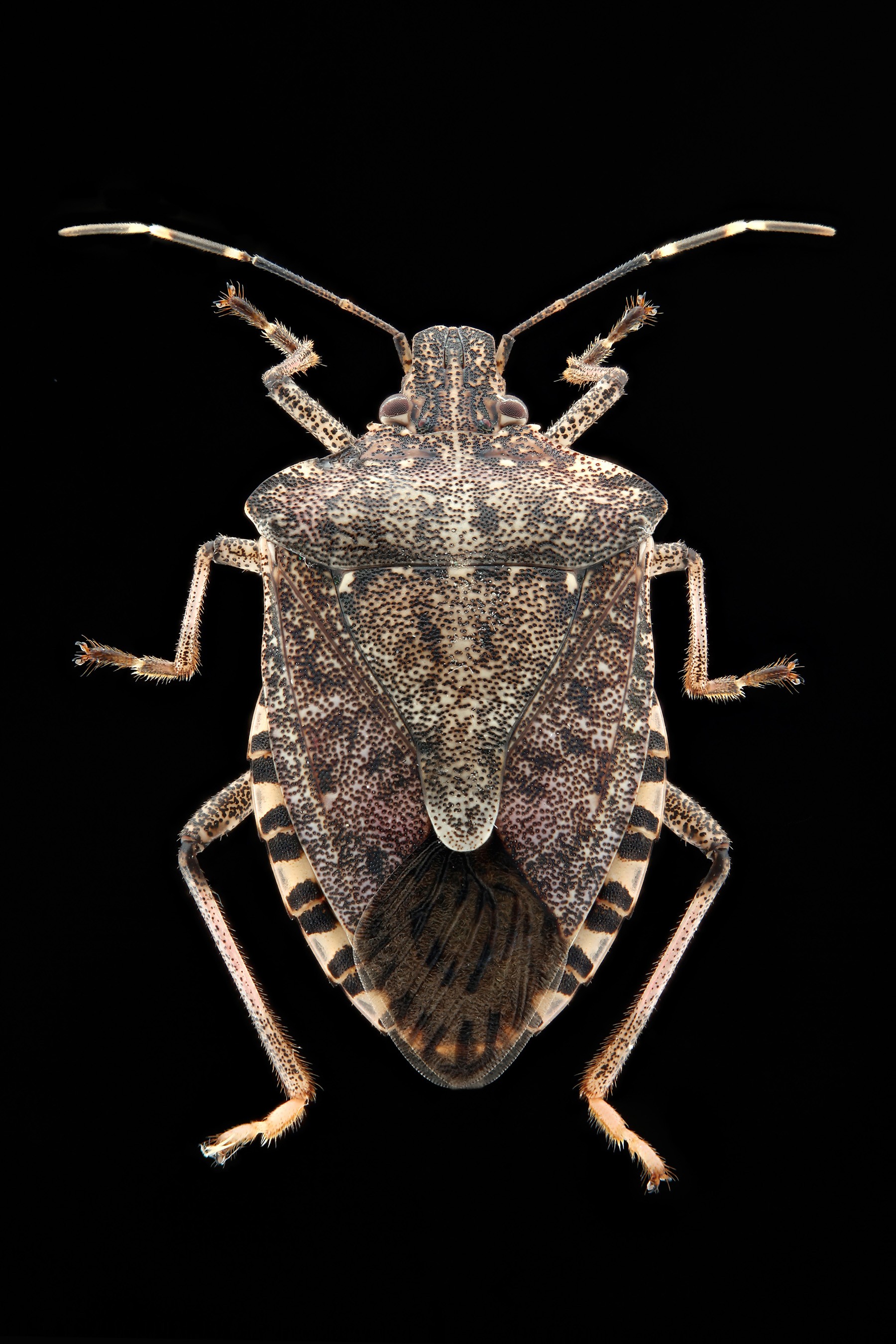ABERDEEN PROVING GROUND, Md. -- As warmer weather approaches, scientists are gearing up for the resurgence of the stink bug.
Native to China, Japan, Korea and Taiwan, the brown marmorated stink bug is rumored to have arrived in the United States via packing materials used for shipping. The bugs are often transported by vehicle as people go from place to place.
"They are great hitchhikers," said Tom Harkins, an entomologist at the U.S. Army Public Health Command (Provisional) at Aberdeen Proving Ground, Md.
The first brown marmorated stink bug surfaced in the United States in Allentown, Pa. in 2001. Today, the stink bug inhabits more than 30 states.
The brown marmorated stink bug gets its name from the strong, unpleasant odor it produces from the abdomen when threatened. It emerges from its winter hiding places in late April to mid-May.
Stink bugs have a unique appearance.
"They are brown on the upper and lower body and have a shield-like appearance," Harkins said. "They also have black and white striped antennae and are approximately three-fourths of an inch long."
Farmers dread the stink bug because it wreaks havoc on crops. The bugs are known to feed on anything from apples, oranges, peaches, tomatoes, peppers, raspberries, grapes, soybeans and other plants. They leave puncture-like marks on their prey.
"Whenever these marks appear on crops, they become unmarketable," Harkins said. "Farmers can lose profits from these bugs."
The stink bug has also been spotted on military installations. Because of its love for ornamental plants, the bug has been reported outside of offices and even post residences including barracks and officer housing.
"It does not distinguish between a private and a general officer," Harkins said.
The stink bugs often seek shelter in homes once the weather becomes cooler each fall. Although the bugs are a nuisance pest, Harkins said they pose no threat to humans.
"They do not bite or sting," he said. "Research shows they do not transmit diseases or pathogens that affect humans."
Harkins works around bugs all the time, but he understands that he is in the minority. He said stink bugs can affect the morale of Soldiers and civilians.
"Most people don't want to work, sleep or live with bugs," he said.
The use of pesticides to control stink bugs around homes is usually not recommended because the chemicals are often ineffective, and may pose a health risk to people and pets when applied indoors. Simply squishing the bugs or vacuuming them up is also not recommended because of the awful odor they produce.
Harkins said preventing the bugs from entering your home is the best way to protect against them. Here are some ways to prevent stink bugs from entering your home:
1) Seal up all cracks in doorways and windows with caulk.
2) Use weather stripping around doors and windows.
3) Remove window air conditioners in the fall.
4) Repair holes in screens.
If a stink bug does enter your home, Harkins recommend these steps to rid your home of it:
1) Use a broom or scoop stink bugs up with a paper towel and release them outside or flush them down the toilet.
2) For heavy infestations, consult a pest control professional.
For more information on stink bugs:
Delaware News Journal, http://www.delawareonline.com/article/20110304/NEWS02/103040371/Stink-bugs-meet-their-nemesis
Penn State University, http://ento.psu.edu/extension/factsheets/brown-marmorated-stink-bug
Home and Garden Information Center, http://www.hgic.umd.edu/content/brownstinkbug.cfm
Cornell University, http://www.news.cornell.edu/chronicle/01/11.1.01/stinkbugs.html
Related Links:
Penn State: Brown Marmorated Stink Bug
U.S. Army Public Health Command (Provisional)




Social Sharing